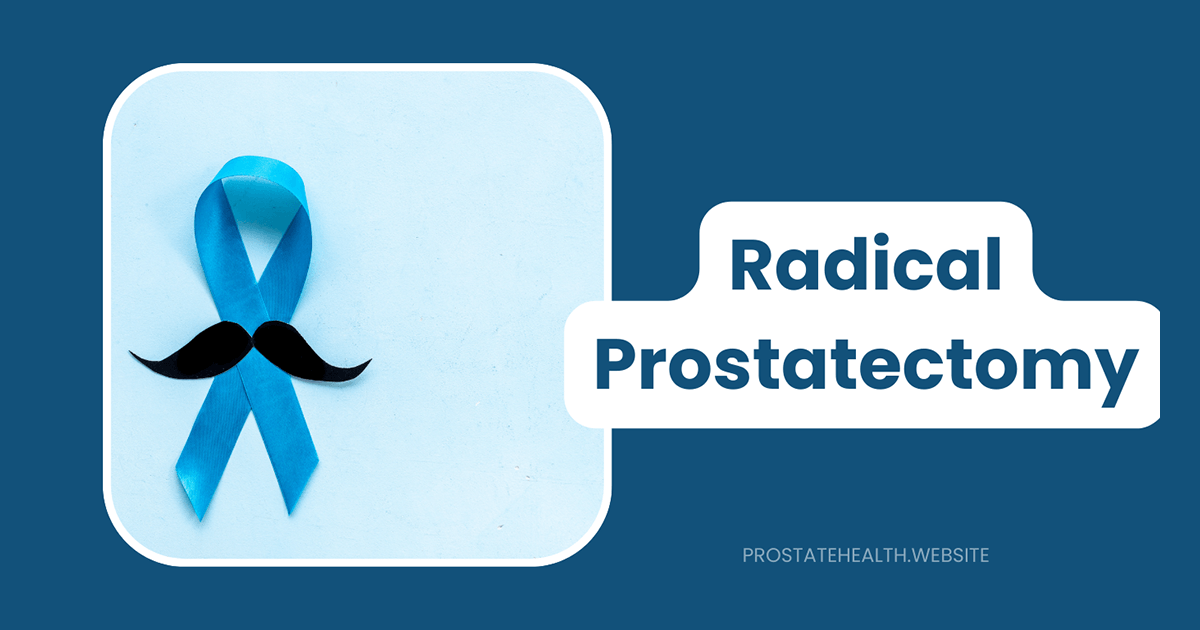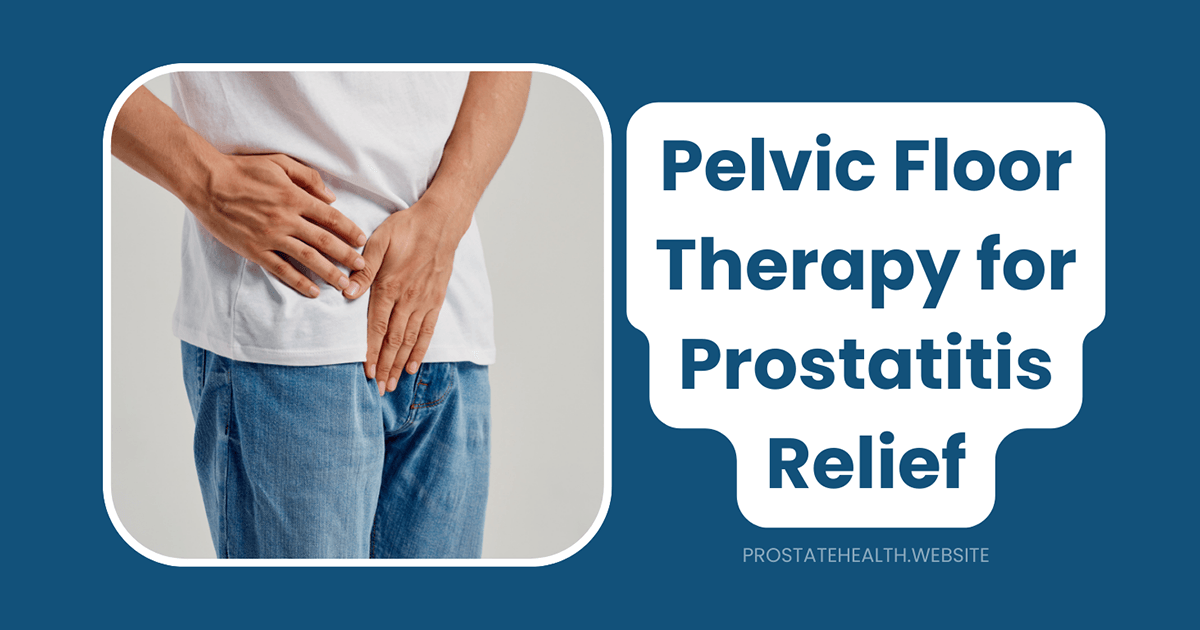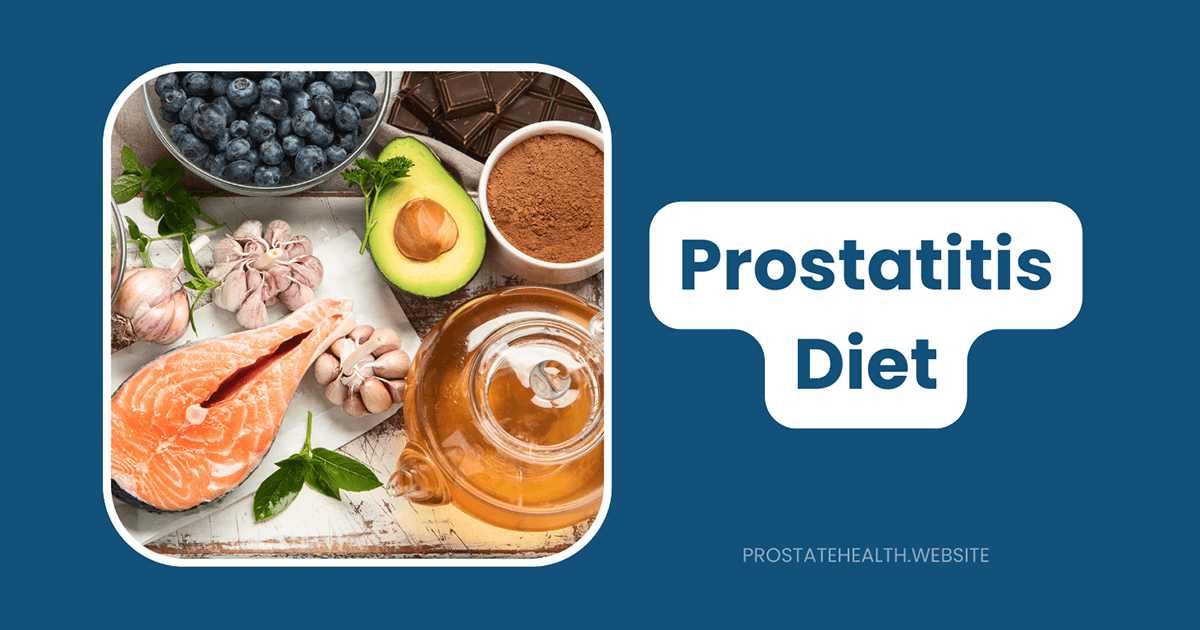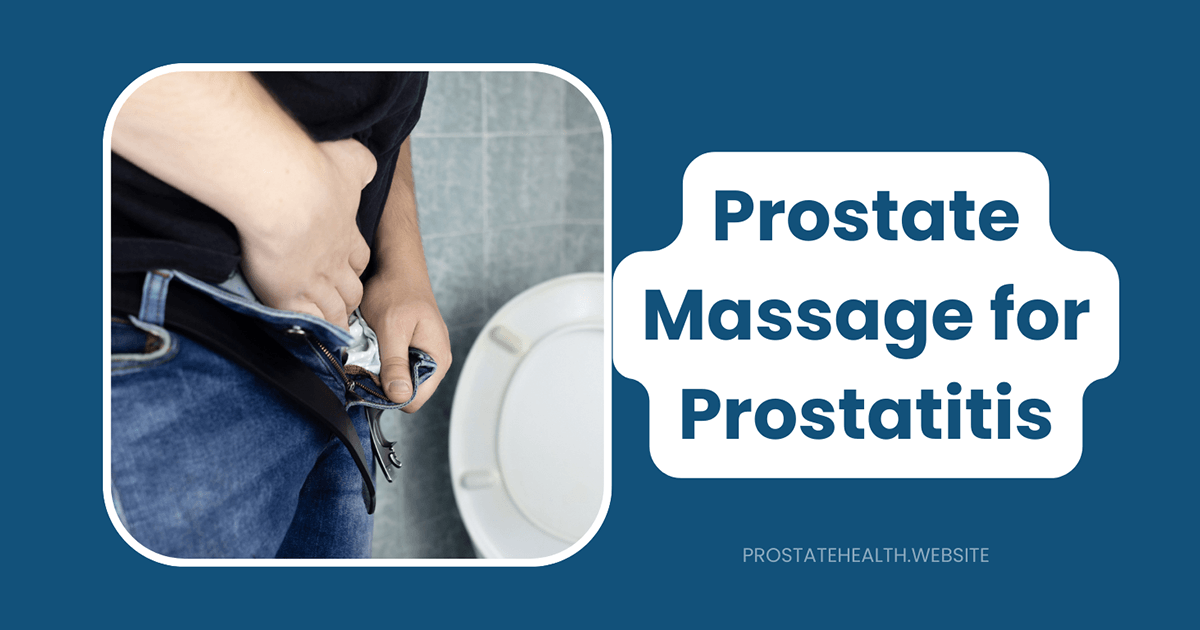Anti-Inflammatory Approaches to Prostatitis Treatment: Finding Relief That Works
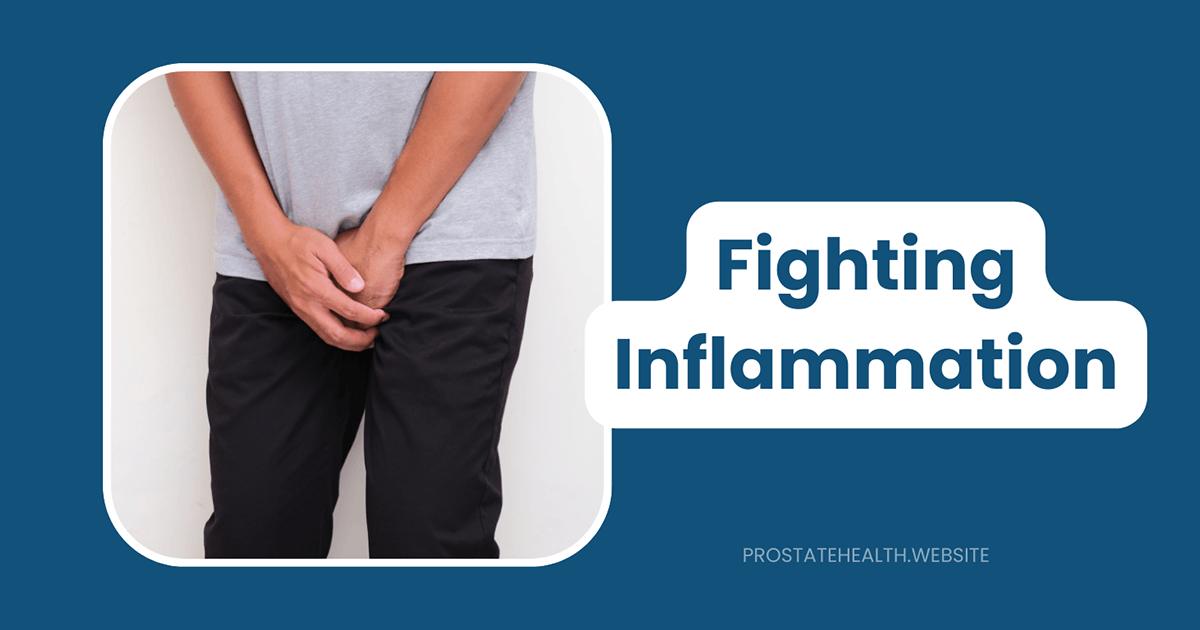
If you’re one of the millions of men dealing with prostatitis, you know the frustration of living with persistent pelvic pain, urinary problems, and the overall impact on your quality of life. As someone who’s spent years researching and advocating for better prostate health solutions, I understand that finding effective relief can feel like an uphill battle.
The good news? Anti-inflammatory approaches have emerged as powerful tools in managing prostatitis symptoms, especially for the most common form—chronic prostatitis/chronic pelvic pain syndrome (CP/CPPS), which affects nearly 90% of all prostatitis cases.
In this comprehensive guide, we’ll explore evidence-based anti-inflammatory treatments that can help you reclaim comfort and control. Let’s break down what works, what doesn’t, and how to create a personalized approach to managing prostate and fighting inflammation.
Understanding Prostatitis and Inflammation
Before diving into treatments, it’s crucial to understand what we’re dealing with. Prostatitis isn’t a single condition but rather a group of disorders that cause inflammation and pain in the prostate gland.
The Four Types of Prostatitis
- Acute bacterial prostatitis: A sudden bacterial infection with severe symptoms
- Chronic bacterial prostatitis: A recurring bacterial infection with milder symptoms
- Chronic prostatitis/chronic pelvic pain syndrome (CP/CPPS): The most common form, often without identifiable infection
- Asymptomatic inflammatory prostatitis: Inflammation without symptoms, usually discovered during other tests
The role of inflammation varies across these types, but it’s particularly significant in CP/CPPS, where the inflammatory response itself becomes a primary driver of symptoms even without active infection.
Why Anti-Inflammatory Approaches Matter
Recent research published in the journal Aging in January 2025 has strengthened our understanding of how inflammation impacts prostate health. The study found that men with prostate conditions had significantly higher levels of pro-inflammatory molecules and lower levels of anti-inflammatory substances.
This imbalance creates a cycle where inflammation triggers symptoms, which cause stress, which further increases inflammation. Breaking this cycle is key to finding relief.
Pharmaceutical Anti-Inflammatory Options
NSAIDs: The First-Line Defense
Nonsteroidal anti-inflammatory drugs (NSAIDs) are often the first treatment recommended for prostatitis-related pain and inflammation.
Common NSAIDs used for prostatitis include:
- Ibuprofen (Advil, Motrin): Usually starting at 400-600mg every 6-8 hours
- Naproxen (Aleve): Typically 500mg initially, then 250mg every 6-8 hours
- Celecoxib (Celebrex): Often prescribed at 200mg daily for those who can’t tolerate traditional NSAIDs
According to Harvard Health, NSAIDs are particularly effective for CP/CPPS, which doesn’t respond to antibiotics. They work by blocking enzymes called cyclooxygenases (COX), which produce prostaglandins—compounds that promote inflammation, pain, and fever.
Important safety note: While effective, NSAIDs can cause side effects including stomach irritation, ulcers, and increased risk of heart problems with long-term use. Always take the lowest effective dose for the shortest time needed, and discuss with your healthcare provider if you have heart disease, kidney problems, or a history of stomach ulcers.
Corticosteroids: For Severe Inflammation
In cases of severe inflammation that doesn’t respond to NSAIDs, corticosteroids may be prescribed. These powerful anti-inflammatory medications mimic the effects of hormones your body produces naturally.
Corticosteroids are typically reserved for short-term use due to potential side effects with prolonged use, including:
- Weight gain
- Elevated blood sugar
- Mood changes
- Increased risk of infection
Non-Pharmaceutical Anti-Inflammatory Approaches
Dietary Changes That Fight Inflammation
What you eat can significantly impact prostate inflammation. An anti-inflammatory diet focuses on:
Foods to emphasize:
- Fatty fish rich in omega-3s (salmon, mackerel)
- Colorful fruits and vegetables (berries, leafy greens)
- Nuts and seeds (walnuts, flaxseeds)
- Olive oil
- Turmeric and ginger
Foods to limit:
- Red and processed meats
- Refined carbohydrates
- Sugar-sweetened beverages
- Fried foods
- Alcohol
A 2024 study published in the International Journal of Urology found that men who followed an anti-inflammatory diet reported a 30% reduction in prostatitis symptoms compared to those on standard diets.
Supplements with Anti-Inflammatory Properties
Several supplements have shown promise for prostatitis management:
- Quercetin: A plant flavonoid with anti-inflammatory and antioxidant properties. Typical dose: 500mg twice daily.
- Pollen extract: According to the Mayo Clinic, rye grass pollen extract (cernilton) may help manage pain in chronic prostatitis. Typical dose: 126mg three times daily.
- Omega-3 fatty acids: Help reduce inflammation throughout the body. Typical dose: 1-2g daily of combined EPA and DHA.
- Turmeric/Curcumin: Powerful natural anti-inflammatory. Look for supplements with enhanced bioavailability. Typical dose: 500-1000mg of curcumin with piperine daily.
Supplement caution: Always consult with your healthcare provider before starting supplements, especially if you’re taking medications, as interactions can occur.
Physical Therapy and Pelvic Floor Relaxation
Tension in the pelvic floor muscles can contribute to prostatitis symptoms and inflammation. A specialized physical therapist can teach techniques to:
- Relax tight pelvic floor muscles
- Release trigger points
- Improve blood flow to the area
- Reduce pain and inflammation
A randomized controlled trial published in April 2025 examined the long-term effects of pelvic floor training on male chronic pelvic pain, showing significant improvements in pain scores and quality of life measures.
Heat Therapy: Simple But Effective
Applying heat to the pelvic region can:
- Increase blood flow
- Relax tense muscles
- Reduce inflammation
- Provide pain relief
Try:
- Warm sitz baths (15-20 minutes, 2-3 times daily)
- Heating pads on the lower abdomen, perineum, or lower back
- Warm showers directed at the affected area
Stress Management: The Mind-Body Connection
The connection between stress and inflammation is well-established. Psychological stress triggers the release of inflammatory cytokines, potentially worsening prostatitis symptoms.
Effective stress-reduction techniques include:
- Mindfulness meditation: Even 10 minutes daily can reduce stress hormones
- Deep breathing exercises: Practice 4-7-8 breathing (inhale for 4, hold for 7, exhale for 8)
- Progressive muscle relaxation: Systematically tensing and releasing muscle groups
- Cognitive behavioral therapy: Helps reframe negative thought patterns
Harvard Health notes that holistic strategies addressing psychological factors, including mindfulness and cognitive behavioral therapy, are recommended for CP/CPPS management.
Acupuncture: Ancient Wisdom Meets Modern Evidence
Acupuncture has shown promising results for prostatitis. A clinical trial cited by Harvard Health showed significant symptom improvements lasting up to six months after acupuncture treatment.
The treatment works by:
- Stimulating specific points that reduce inflammation
- Triggering endorphin release for natural pain relief
- Improving blood flow to the prostate region
- Modulating the nervous system’s pain response
Emerging Anti-Inflammatory Treatments
Extracorporeal Shockwave Therapy
A prospective, randomized, double-blind, placebo-controlled study concluded in December 2024 evaluated the safety and efficacy of extracorporeal shockwave therapy for CP/CPPS. This non-invasive treatment uses acoustic waves to:
- Reduce inflammation
- Improve blood flow
- Stimulate healing
- Decrease pain
Novel Herbal Formulations
Research published in March 2025 investigated the effects of Xialiqi Capsules on regulating pyroptosis of prostate epithelial cells via the NLRP3/Caspase-1 pathway for chronic prostatitis treatment. This represents a growing interest in targeted herbal formulations that address specific inflammatory pathways.
Creating Your Personalized Anti-Inflammatory Plan
Managing prostatitis effectively typically requires a multi-faceted approach. Here’s how to create a personalized plan:
- Get an accurate diagnosis: Work with a urologist to determine which type of prostatitis you have, as treatment approaches differ.
- Start with the least invasive options: Begin with dietary changes, heat therapy, and stress management.
- Add targeted supplements: Based on your doctor’s recommendations, consider adding anti-inflammatory supplements.
- Incorporate appropriate medications: NSAIDs or other prescribed medications as needed.
- Explore specialized therapies: Consider physical therapy, acupuncture, or other treatments based on your response to initial approaches.
- Monitor and adjust: Keep track of what helps and what doesn’t, adjusting your approach accordingly.
- Address the whole person: Don’t neglect the psychological aspects of chronic pain management.
When to Seek Additional Help
While anti-inflammatory approaches can provide significant relief, it’s important to know when to seek additional medical attention:
- If you experience fever, chills, or severe pain (possible acute bacterial prostatitis)
- If symptoms worsen despite treatment
- If you develop new symptoms
- If treatments that previously worked stop being effective
- If you experience side effects from medications or supplements
The Bottom Line on Anti-Inflammatory Approaches
Inflammation plays a central role in prostatitis symptoms, particularly in CP/CPPS. By taking a comprehensive approach to reducing inflammation—combining appropriate medications, dietary changes, supplements, physical therapies, and stress management—many men find significant relief.
Remember that prostatitis treatment is highly individualized. What works for one person may not work for another, and finding your optimal treatment plan often requires patience and persistence. Work closely with healthcare providers who understand the complexities of prostatitis and are willing to explore multiple treatment avenues.
Have you found particular anti-inflammatory approaches helpful for your prostatitis symptoms? Share your experience in the comments below—your insights might help others on their healing journey.

